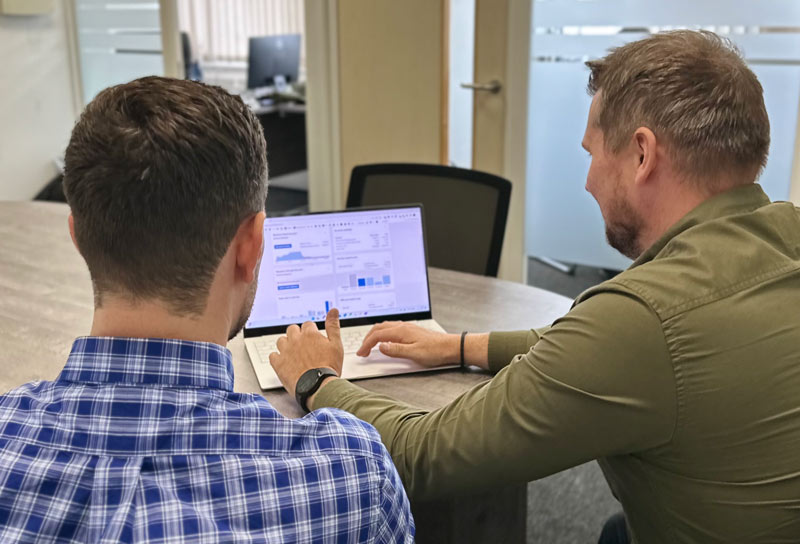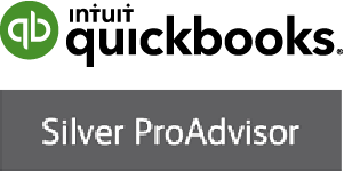Working out unincorporated business tax is never an easy or simple task. Unlike your counterparts, such as limited companies, sole traders and partnerships work under distinct regulations that govern how their income tax, National Insurance contributions (NICs), and allowable expenses are factored into the overall tax calculation.
In this guide, we’ll explain the entire process for you but as always, if you have any questions, feel free to get in touch with us.
Income tax for sole traders
For sole traders, income tax is applied to total taxable income, which is your total turnover minus your expenses. It includes any source of income, including investments or rental income.
Income tax is a progressive tax, which means higher portions of your income will face a higher tax. Note that we said portions – if you find yourself in a higher tax band, only a certain amount of your profit will be taxed at that rate.
From the 2024/25 tax year, the rates of income tax will be as follows:
Tax rate Rate of tax Annual earnings the rate applies to
Basic tax rate 20% Up to £37,700
Higher tax rate 40% From £37,701 to £125,140
Additional tax rate 45% Above £125,140
Just note that in Scotland and Wales, income tax is devolved. At the time of writing, the Welsh system is identifiable to the English and Northern Irish one. Scotland has five tax bands, ranging from 19% to 48%, so make sure you understand the system that applies to you.
All sole traders get a standard employee allowance, which for the 2023/25 tax year is £12,570 per year. That means £12,570 of your profit is completely tax free – so make sure you deduct that when working out your tax bill.
NICs
In addition to income tax, sole traders are liable to pay Class 2 and Class 4 NICs on their profits. Class 2 NICs are a flat-rate contribution, while Class 4 NICs are calculated based on the business’s taxable profits.
- Class 2 NICs: £3.45 per week when profits are above £12,570. If your profits are below £6,725, then you can choose whether you pay.
- Class 4 NICs: 6% on profits between £12,570 and £50,270. 2% on profits exceeding £50,270.
It’s easy to forget NICs, so try to remember them when working out your tax bill.
Taxes for partnerships
Unlike sole traders, partnerships aren’t subject to income tax at the partnership level. Instead, each partner is taxed individually on their share of the partnership’s profits.
Partnerships file an annual partnership tax return detailing how profit is allocated to each partner, who then includes their share in their personal tax return and pays income tax and NICs accordingly.
Allowable expenses
Allowable expenses are a crucial tool for reducing the taxable profit you owe. These expenses are ones that you incur “wholly and exclusively” for business purposes and can be deducted from your business’s income before you calculate your tax.
From office expenses to professional fees, maintaining meticulous records of allowable expenses is essential for maximising tax efficiency.
Need help with your taxes?
At Lumin Accountancy, we specialise in assisting unincorporated businesses with their tax obligations. We understand the complexities of unincorporated business tax and will do our best to provide solutions tailored to you that minimise tax liabilities and ensure compliance with all HMRC regulations.
Talk to us about your unincorporated business tax.


